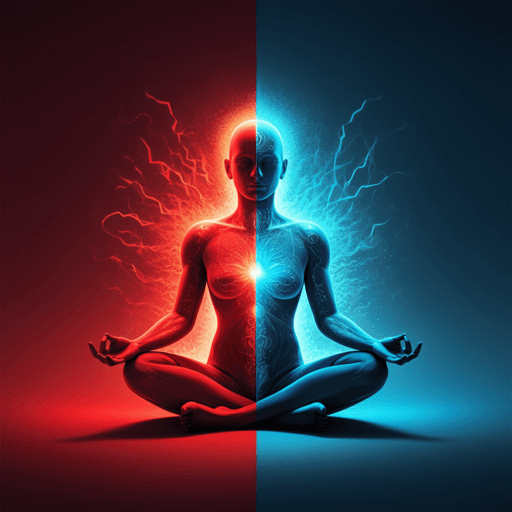
Medicine and Health
Effects of Slow Breathing Exercises on Cardiac Autonomic Functions in Anxiety Disorder—A Randomised Control Trial
N. Kavitha, P. Pal, et al.
An 8-week program of slow pranayama and savasana, added to routine psychiatric care, shifted cardiac autonomic balance toward parasympathetic predominance in anxiety disorder patients—improving HRV and baroreflex sensitivity. Research conducted by Natarajan Kavitha, Pravati Pal, Gopal Krushna Pal, Balaji Bharadwaj, and Nivedita Nanda.
~3 min • Beginner • English
Related Publications
Explore these studies to deepen your understanding of the subject.







